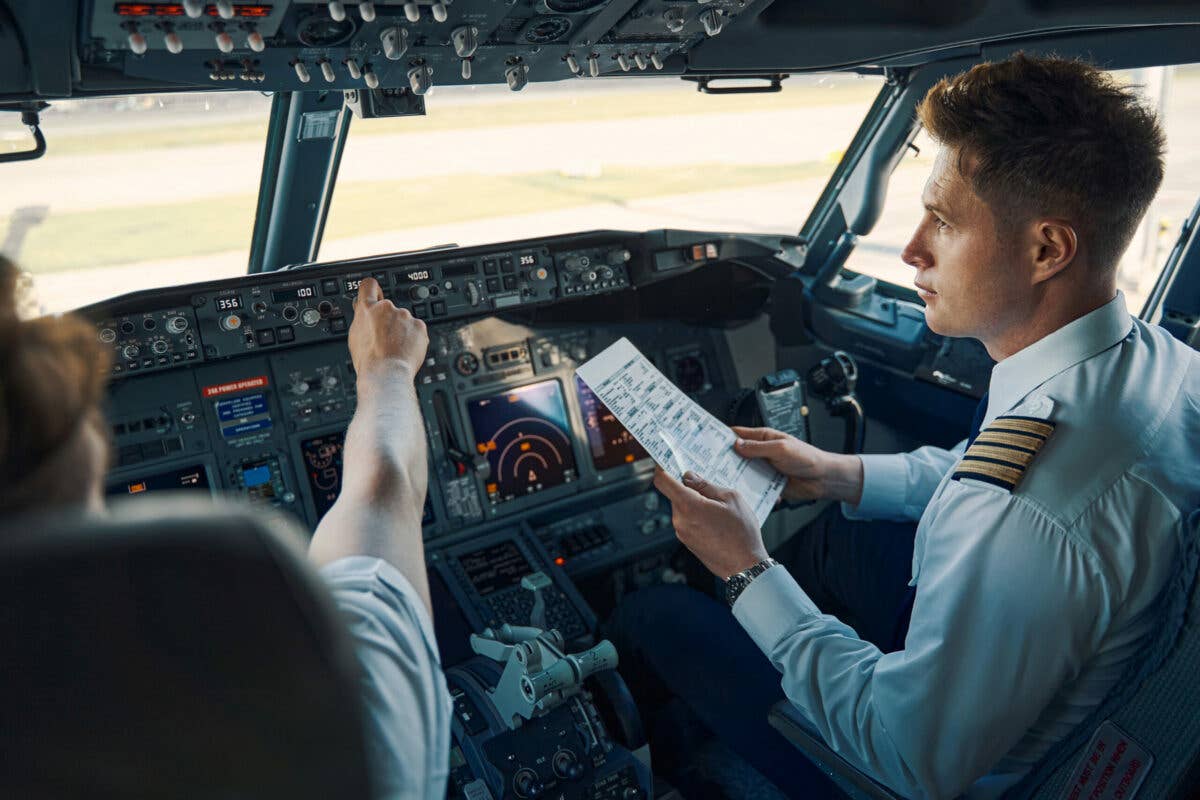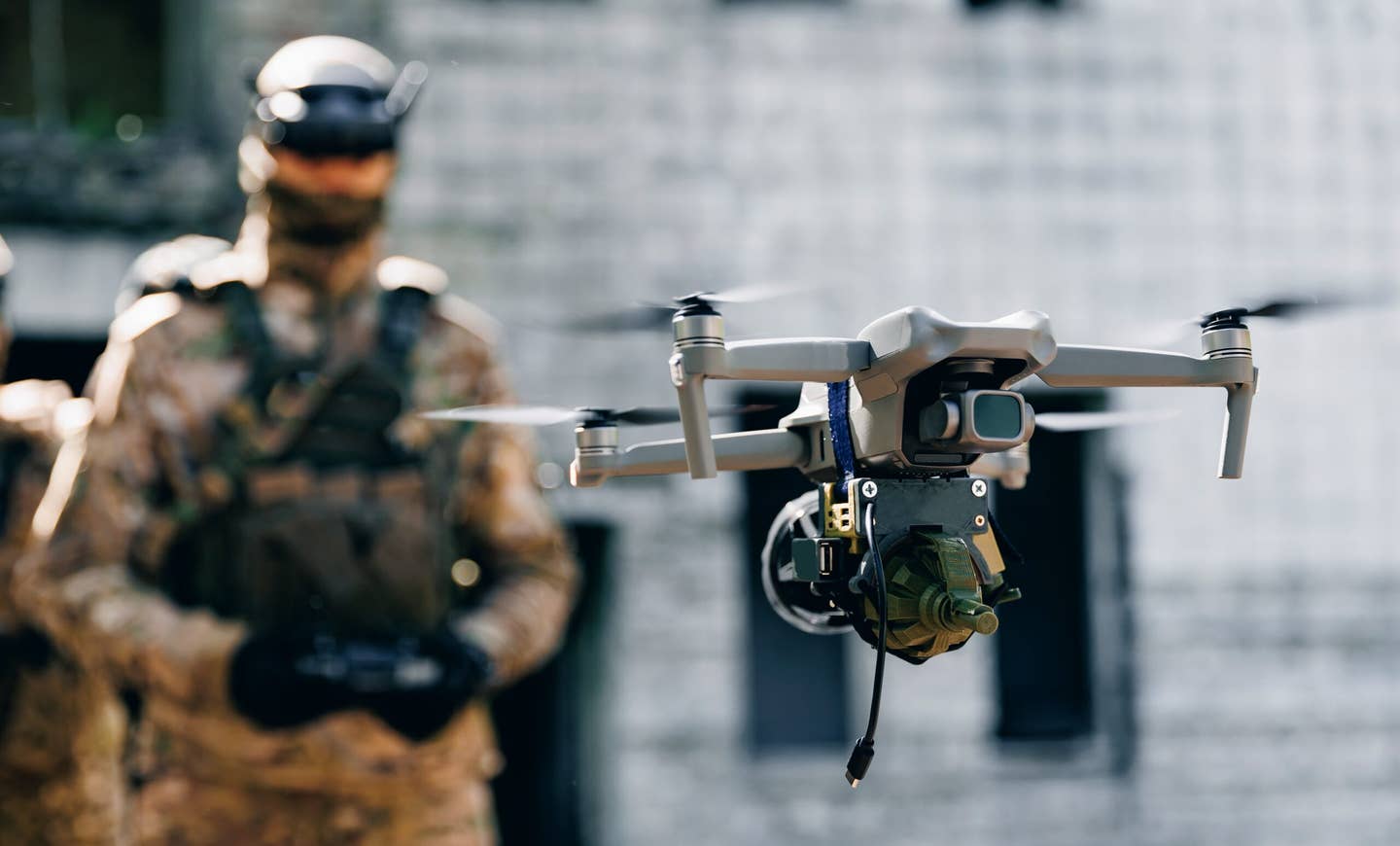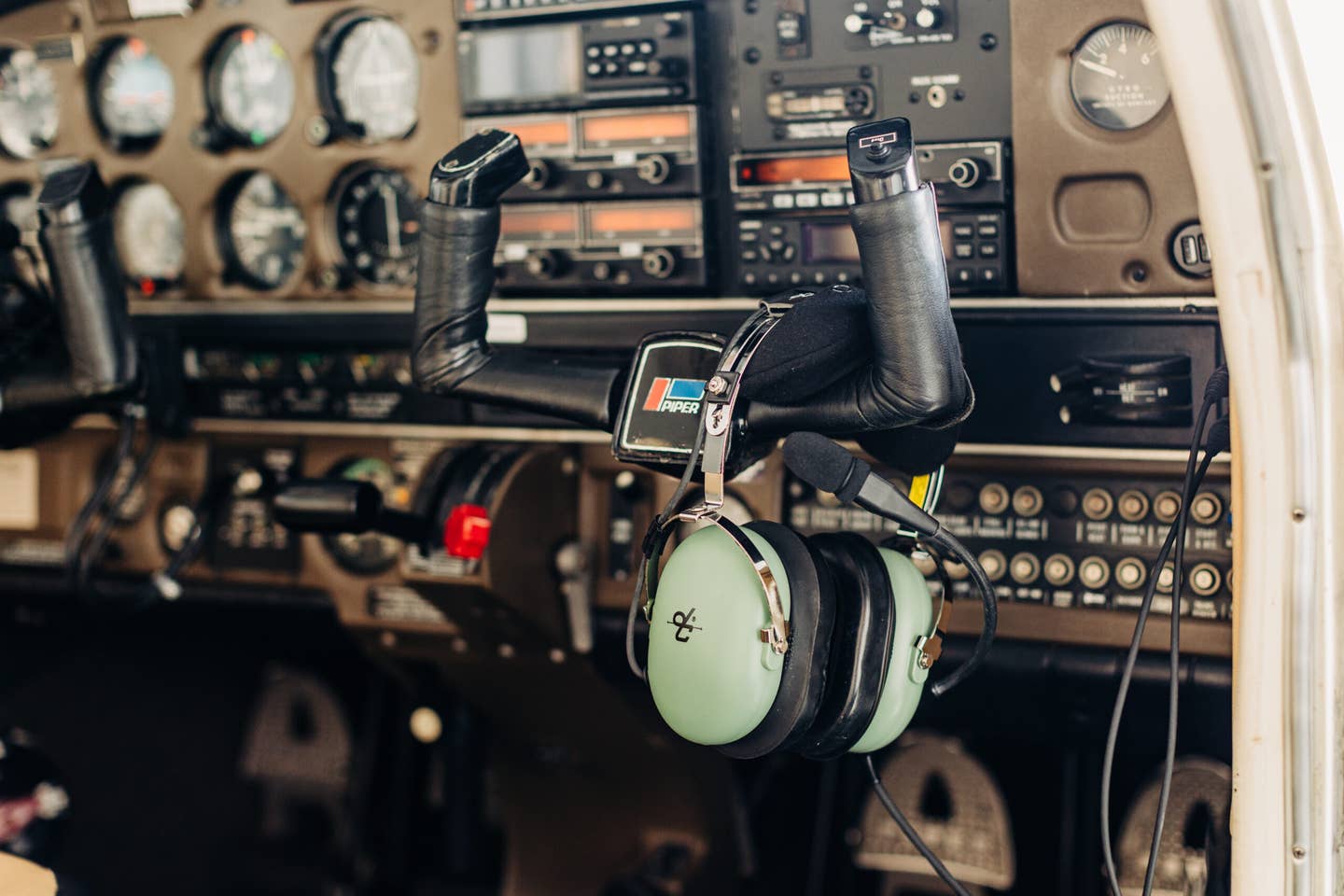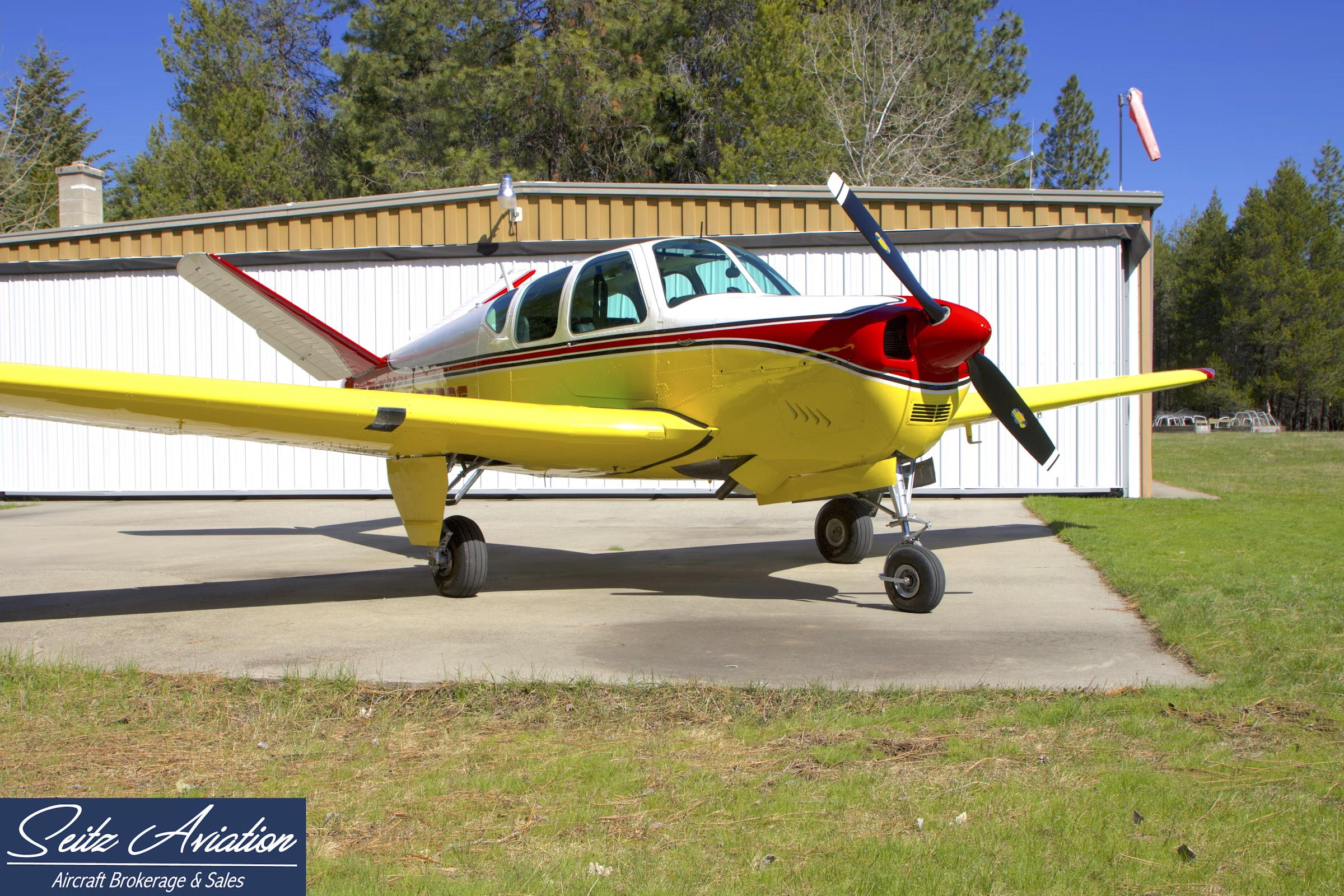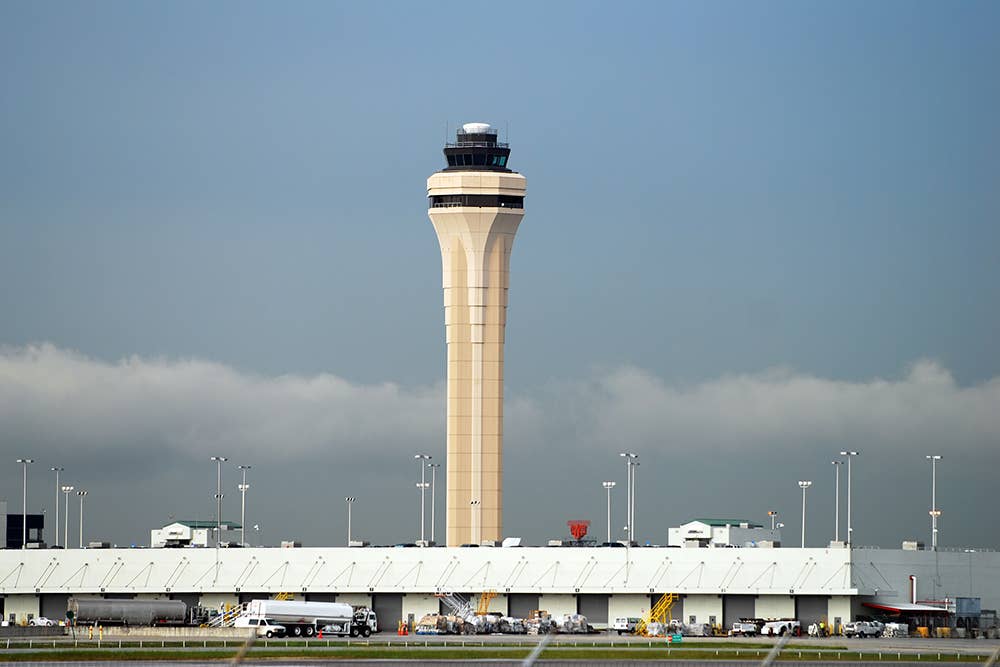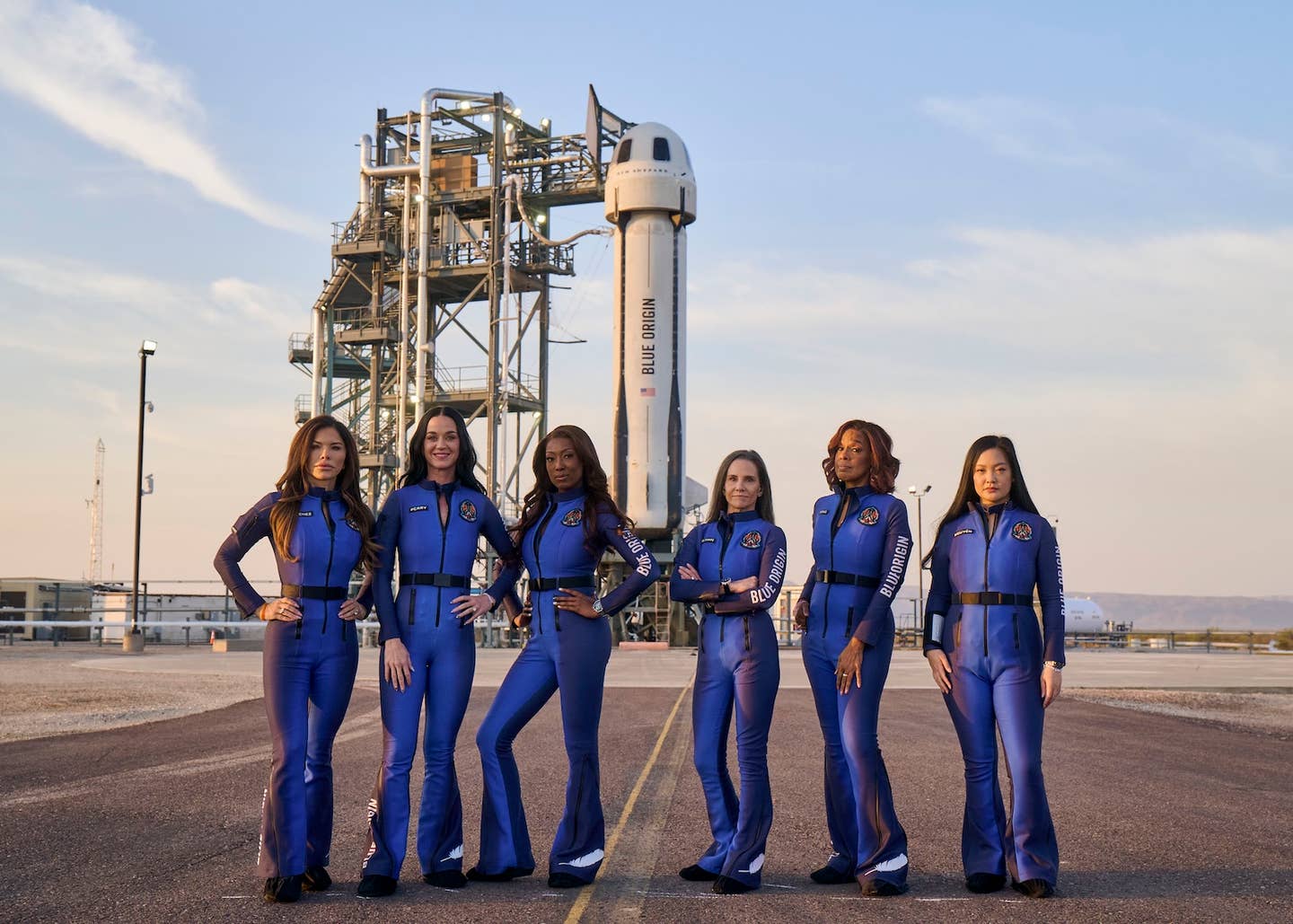Olympia Airport Raises Rent on Little Leaguers
Facility, which has rented space to the league for more than 20 years, is facing pressure to charge aviation market rates for property designated for aeronautical use.
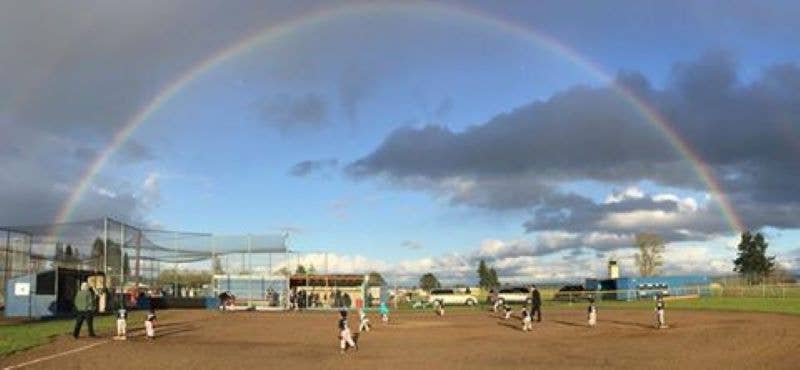
Capitol Little League in Tumwater, Washington, has rented land from the Port of Olympia for baseball and softball fields from 1999. [Courtesy: Capitol Little League]
The next time you go to a ballpark to watch a Little League game, think about the fact that someone pays to rent the space—and that rent can go up, especially when the diamonds are located on airport property.
That's the situation facing Capitol Little League in Tumwater, Washington. Since 1999 its baseball and softball fields have occupied 10.6 acres on the west side of acreage making up the Olympia Regional Airport (KOLM). The land is airport property owned by the Port of Olympia.
According to Warren Hendrickson, airport senior manager, the port must comply with FAA policy in order to be eligible for grants. That means the port must charge a fair market rate for aeronautical use of the property. At the present time, according to Hendrickson, the league should be paying 35 cents per square foot - the Port Commission-approved market rate for aeronautical use property. It is currently paying $.02 per square foot.
"Airport acreage is 835 acres, and the Capitol Little League is the only nonaeronautical entity occupying any portion of that acreage," said Hendrickson, adding that the league first came to the Port of Olympia in 1999 "in what was supposed to be a temporary, nonconforming use of aeronautical parcel."
Little League Lease
The airport was built in the 1920s and had commercial services into the 1940s when it became a military facility for a time. There are two runways–17/35, measuring 5,500 feet by 150 feet, and 08/26, measuring 4,157 feet by 150 feet. There are multiple flight schools at the airport along with an aviation museum. Because of the airport's proximity to Olympia, the state capital, it sees a great deal of corporate and government traffic.
According to a timeline published on the Port of Olympia’s website, the Capitol Little League and the port first entered into a lease agreement to use the unused parcel of airport property located west of the runway environment in February 1999.
In the 24 years since the agreement, there has been no aeronautical demand for land.
From February 1, 2000, to February 1, 2008, the lease for temporary use was renewed annually. In 2008, a five-year lease for temporary use was signed.
On January 26, a new one-year lease for temporary use was signed with stipulations about paying market rate for future leases.
The Port of Olympia’s airport property is subject to FAA oversight and the airport’s FAA Airport Layout Plan (ALP). Seattle-Tacoma International Airport (KSEA), located about50 miles north of Olympia, is reaching operational capacity. Among the suggestions to handle the increase in air traffic at SeaTac are to make better use of existing airports, such as the Olympia Regional Airport. In order to do that, the land on the west side of the airport would have to be developed.
"When a parcel is used for nonaeronautical purposes, the tenant is required to pay a fair market rate," port officials said in a statement. "Capitol Little League’s lease is currently out of compliance because they have not been paying fair market rate. As confirmed by the FAA, the port needs to bring the parcel into compliance by charging the Capitol Little League fair market rate. The port has been working in partnership with the Capitol Little League on a plan and timetable to comply with the FAA regulations while minimizing the burden on the Capitol Little League."
Loris Gies, president of Capitol Little League, and her husband, Russ, have been part of the youth sports organization since 2000.
"They did offer to give us a public meeting, and we are meeting with the city of Tumwater," said Gies.s "In the FAA master plan, our complex is designated as the ‘airport terminal parking.’"
Gies acknowledged that the property in question was always considered to be temporary but maintained there was no timeline. She said that’s why the league built eight playing fields with backstops and dugouts to accommodate play from T-ball to senior youth leagues.
Capitol Little League by the Numbers
According to the Port of Olympia, under the current lease Capitol Little League will pay $9,177.36 in 2023 on an annual tax-exempt basis for its lease of 464,136 square feet of airport aeronautical land. The fair market rate for the approximate 10.6 acres is $162,447.60.
That's an impossible amount for the league to absorb, according to the organization, as it is a nonprofit organization that operates on minimal player fees and sponsorships.
"We have 75 teams in Capitol Little League," Gies said. "That's about 1,000 kids playing spring ball and 600 or so playing in the fall league." She added that baseball is popular in the area, and appropriately equipped ballfields are usually booked solid.
Part of the problem, she noted, was that discussions between the port and the league fell by the wayside during the pandemic. "No one was talking about the future,” Gies said. “They were focused on what was happening in the now."
Gies pointed out it takes a lot of energy and time to negotiate with the port and run a youth baseball league as the focus is traditionally on the players.
"Families of the players are aghast," she said. "We want the port to be a partner to find a solution, but they want us gone in five to 10 years."
The fees per season for the players run between $140 and $220, depending on the level of play. Gies said teams and kids come from all over to participate.
Capitol Little League has a total of eight fields, ranging from those with backstops and raised pitcher’s mounds and dugouts to those without.
"[I will] be meeting with the league’s board within the next few weeks,” said Hendrickson. “Following that meeting, I will host a second meeting with all coaches, parents, and interested parties to provide further understanding and to brainstorm the possibilities. As a onetime little leaguer myself, we simply need to craft a solution that works for all parties. This will require collaboration between the entire wider community—port, city, county, potential benefactors, and corporate sponsors—to ensure that the need to support our county’s youth is met. Once a definitive plan is crafted, the port will do everything in its power to implement it successfully."

Sign-up for newsletters & special offers!
Get the latest FLYING stories & special offers delivered directly to your inbox

